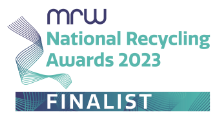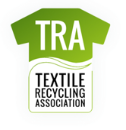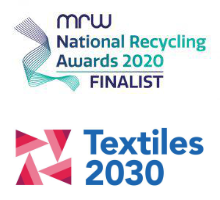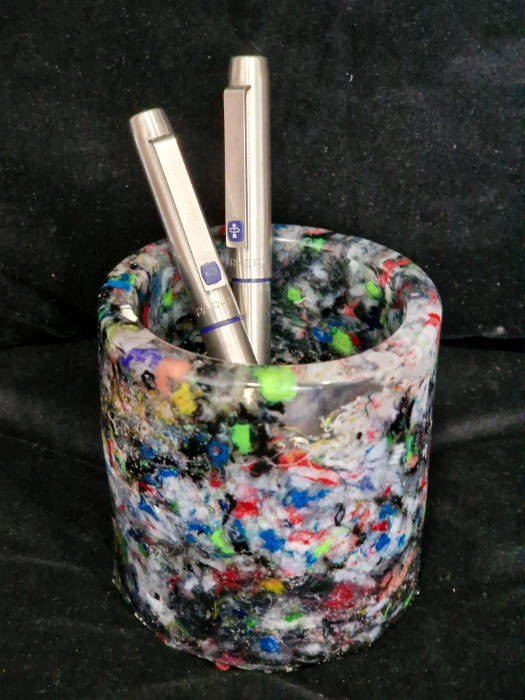Over the past month we have been embracing plastic free July here at Roberts Recycling, learning the real truth behind the plastic that comes with buying regularly clothing. The environmental impact of our use of plastic is huge and it is there for us all to see when we visit our beaches, with washed up water bottles and plastic nets hurting our wildlife.
But not only is this single use plastic harming our environment, the hidden plastic in our clothing is having just as bad affects.
This year it was announced that up to 60% of the clothing in our closest are made using plastics.
What fabrics should you look out for?
Learning about the fabrics that contain plastic can help us make better selections when it comes to purchasing our clothing. Polyester is cheap and quick-drying making it perfect for busy lifestyles, however it doesn’t come without its issues, as it is a type of plastic derived from petroleum.
Nylon is waterproof and quick-drying which make it perfect for outerwear and activewear, the issue with Nylon is the huge amount of water and chemicals that have to be used in order to produce it.
Lycra will often be found in activewear, just like Nylon but it is unfortunately non-biodegradable and doesn’t have a very long shelf-life.
Acrylic has recently been named as one of the worst materials for releasing plastic. ‘Acrylic is the worst offender when it comes to releasing plastic particles in the wash – on average nearly 730,000, 1.5 times as many as polyester.
Meaning we must do our best to encourage our favourite brands to stop using Acrylic and slow down the toxins that are used to create the material.
How can we cut down the plastic in our wardrobe?
Whilst we might look to our favourite retailers to make a change to become more sustainable, the reality is we can not let them do all the work. So how can we play our part?
Top Tips:
Wash Less
By cutting down how often we wash our clothing, we will help cut down the amount of microfibres entering our waters, resulting in a cleaner environment and a healthy lifestyle for our wildlife.
Shop Consciously
As discussed above, taking the time to research sustainable brands and the material they use will enable you to make purchases that will be more durable and sustainable.
Don’t Use a Dryer
We personally believe, dryers should be a thing of the past. If you are able to, why not ditch the dryer and use the washing line. Tumble dryers increase the microfibre shedding in the next wash, which is something to keep in mind the next time you go to use one.
To conclude, learning to change and adapt your shopping habits will drastically reduce the plastic within your wardrobe and the plastic from the fashion industry that is harming the environment. The list of ways to reduce plastic in your life is endless, so start by writing a list of all the ways you believe you can help.
Together a combination of all our work will add up to help create a better environment for us all.
if you are looking to raise funds through recycling click here to learn more.

